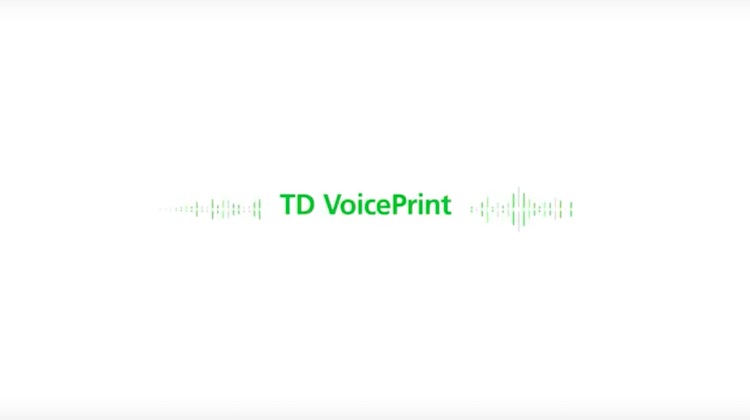The Customer Effect
How TD uses voice to bring a retail experience to digital banking
- TD Bank is giving customers an easier way to verify their identity: by integrating voice recognition technology into its call centers
- The modern banking experience is often characterized by mobile and online experiences, but by investing in voice tech, TD is sticking to its Bank Human ethos





